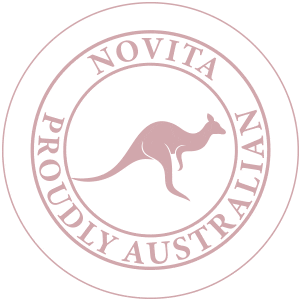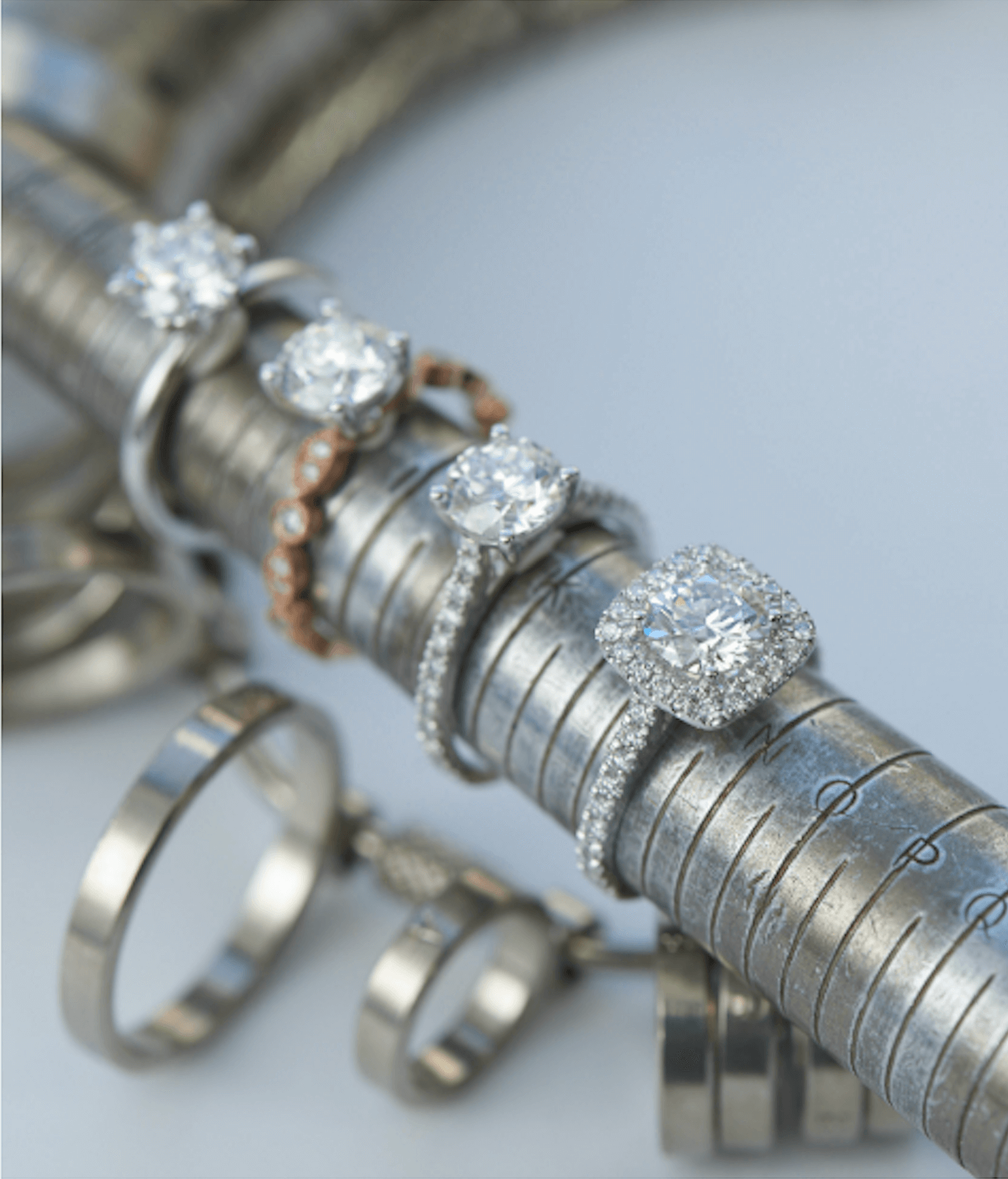BOOK AN APPOINTMENT


Figuring out the ring size of your future fiancée can sometimes be challenging especially when trying to keep your proposal plans a surprise. We want to make your proposal joyful and worry-free, so on this page, Novita will share its range of solutions and options for whether you are trying to keep your proposal a surprise or not.

Download and print our "How to find your ring size" guide
.
Inside you will find two different ways to measure your ring size.
Order a complimentary ring sizer straight to your door. Click on the button below and fill in your details. If you are in Australia, you should receive your ring sizer within approximately 1-4 days. When ordering from outside Australia, please allow up to 14 days depending on your location.
Remember to visit our 12 Months Free Resizing page
Visit one of our showrooms or your local jeweller and have your finger measured. Based on our experience within the industry, most local jewellers would be happy to help.
Different countries use different measurement units, so you can use the international ring size conversion chart below as a reference to find your ring size.
| Ring Size Chart | |||
|---|---|---|---|
| AU & UK SIZE |
US & CANADA SIZE (Approx.) |
Inside Circumference (Approx. mm) |
Inside Diameter (Approx. mm) |
| A | 1/2 | 37.54 | 11.95 |
| B | 1 1/8 | 38.86 | 12.37 |
| C | 1 1/2 | 40.15 | 12.78 |
| D | 2 | 41.50 | 13.21 |
| E | 2 1/2 | 42.76 | 13.61 |
| F | 3 | 44.14 | 14.05 |
| F 1/2 | 3 1/8 | 44.45 | 14.15 |
| G | 3 1/2 | 45.11 | 14.36 |
| G 1/2 | 3 5/8 | 45.74 | 14.56 |
| H | 4 | 46.02 | 14.65 |
| H 1/2 | 4 1/8 | 46.68 | 14.86 |
| I | 4 3/8 | 47.25 | 15.04 |
| I 1/2 | 4 5/8 | 47.97 | 15.27 |
| J | 4 7/8 | 48.38 | 15.40 |
| J 1/2 | 5 1/8 | 49.32 | 15.70 |
| K | 5 3/8 | 49.64 | 15.80 |
| K 1/2 | 5 5/8 | 50.27 | 16.00 |
| L | 5 7/8 | 50.58 | 16.10 |
| L 1/2 | 6 1/8 | 51.55 | 16.41 |
| M | 6 3/8 | 51.87 | 16.51 |
| M 1/2 | 6 5/8 | 52.50 | 16.71 |
| N | 6 7/8 | 53.16 | 16.92 |
| N 1/2 | 7 | 53.82 | 17.13 |
| O | 7 3/8 | 54.51 | 17.35 |
| O 1/2 | 7 1/2 | 54.82 | 17.45 |
| P | 7 3/4 | 55.76 | 17.75 |
| P 1/2 | 8 | 56.45 | 17.97 |
| Q | 8 1/4 | 57.15 | 18.19 |
| Q 1/2 | 8 1/2 | 57.65 | 18.35 |
| R | 8 3/4 | 58.47 | 18.61 |
| R 1/2 | 9 | 59.06 | 18.8 |
| S | 9 1/4 | 60.00 | 19.10 |
| S 1/2 | 9 1/2 | 60.66 | 19.31 |
| T | 9 3/4 | 61.29 | 19.51 |
| T 1/2 | 10 | 62.33 | 19.84 |
| U | 10 1/4 | 62.89 | 20.02 |
| U 1/2 | 10 1/2 | 63.46 | 20.20 |
| V | 10 3/4 | 63.84 | 20.32 |
| V 1/2 | 11 | 64.97 | 20.68 |
| W | 11 1/4 | 65.22 | 20.76 |
| W 1/2 | 11 1/2 | 65.78 | 20.94 |
| X | 11 3/4 | 66.54 | 21.18 |
| X 1/2 | 12 | 66.92 | 21.30 |
| Y | 12 1/8 | 67.51 | 21.49 |
| Y 1/2 | 12 1/2 | 68.14 | 21.69 |
| Z | 12 5/8 | 68.77 | 21.89 |
The average ring size in Australia are M,N sizes. If your partner has smaller than average fingers we would recommend a J,K or L size and if they have larger than average fingers we would recommend O,P or Q size. Please remember that your first resize is free.
To find related information and articles use any of the following terms: ring size chart, how to measure ring size, ring size guide, ring sizes.